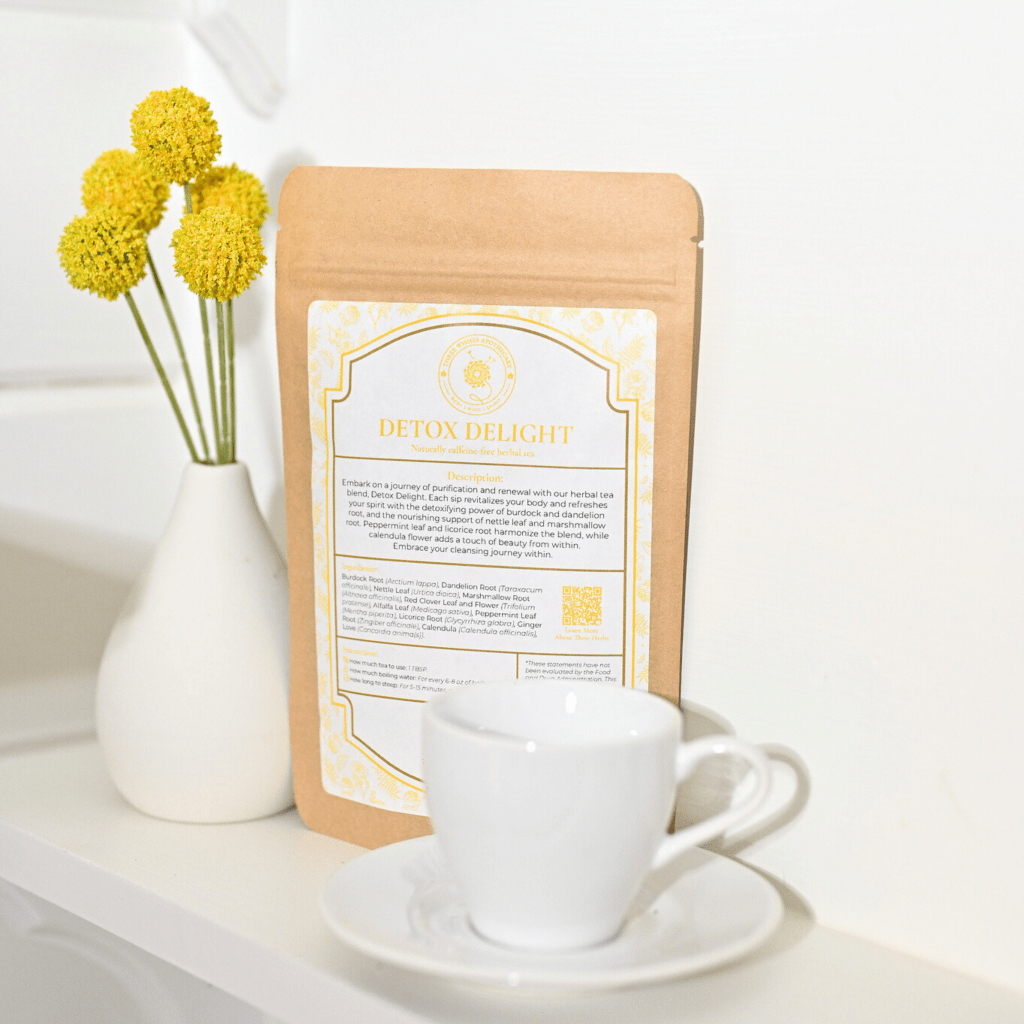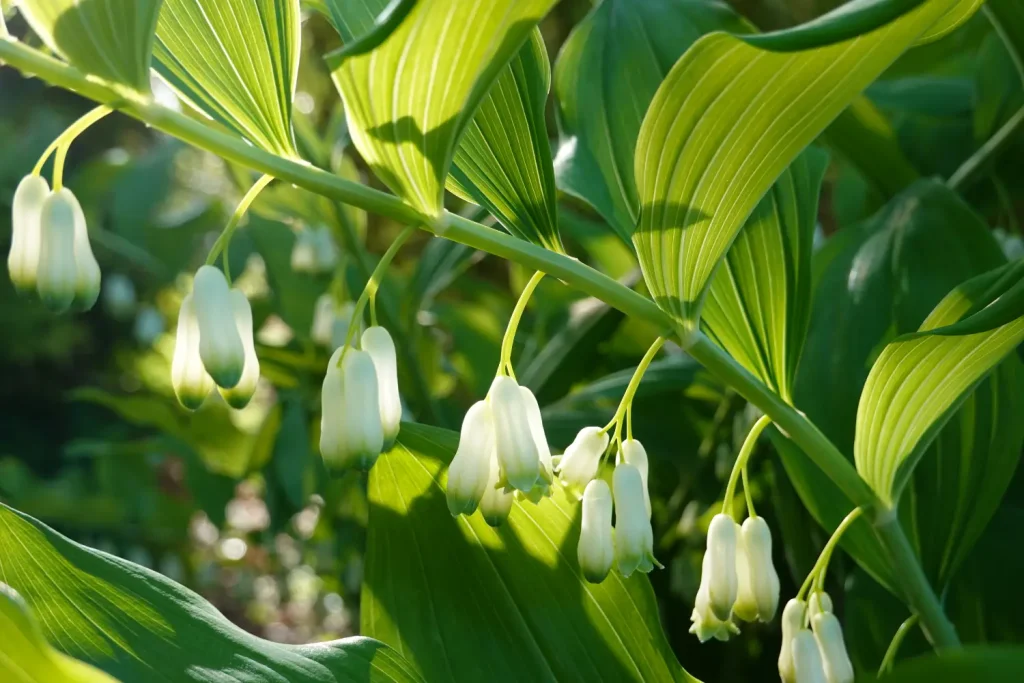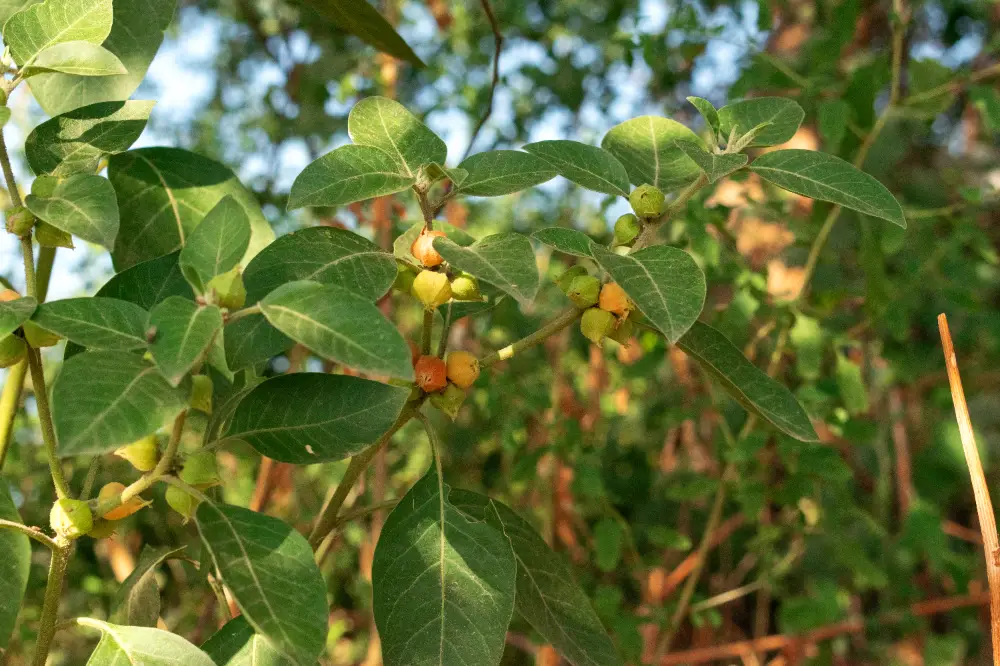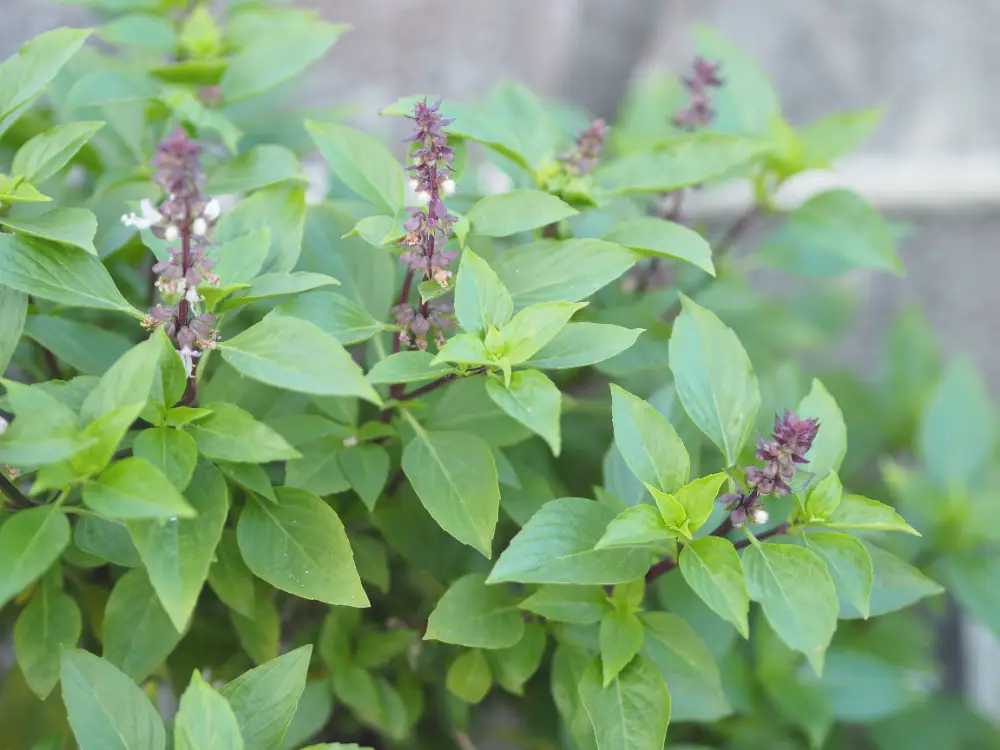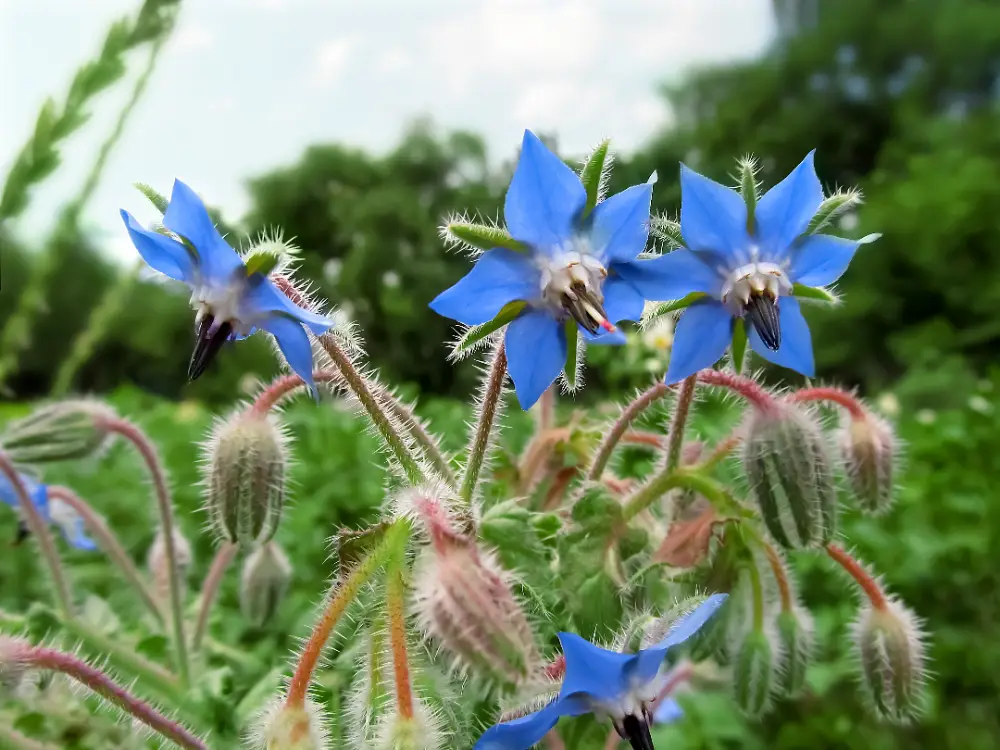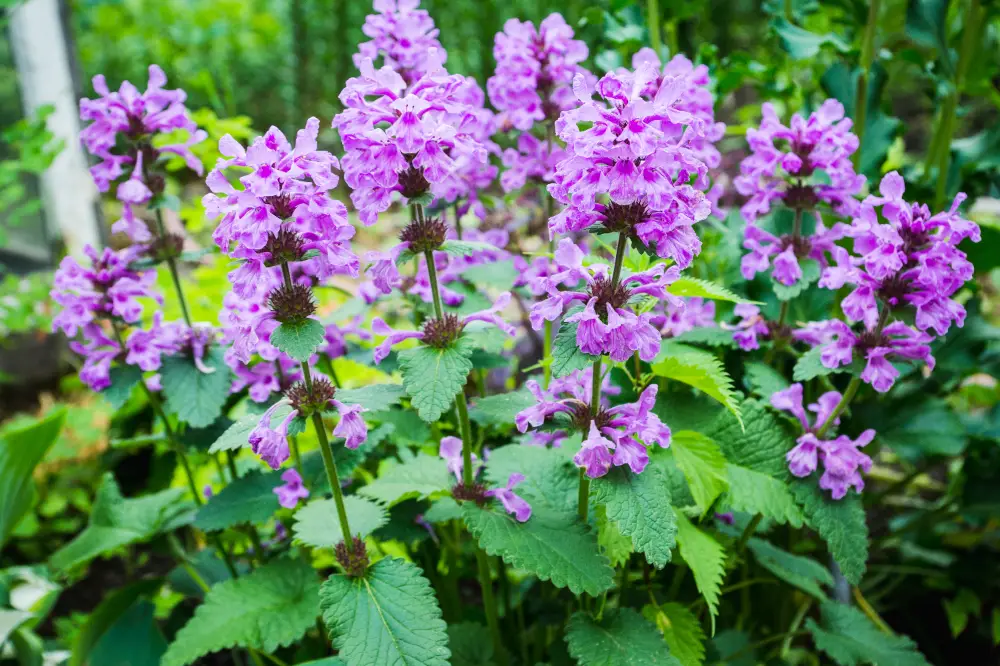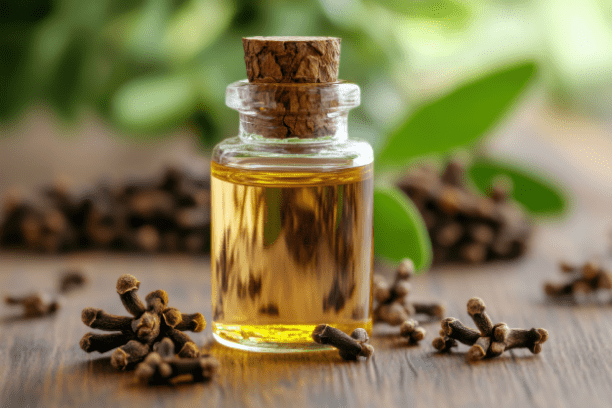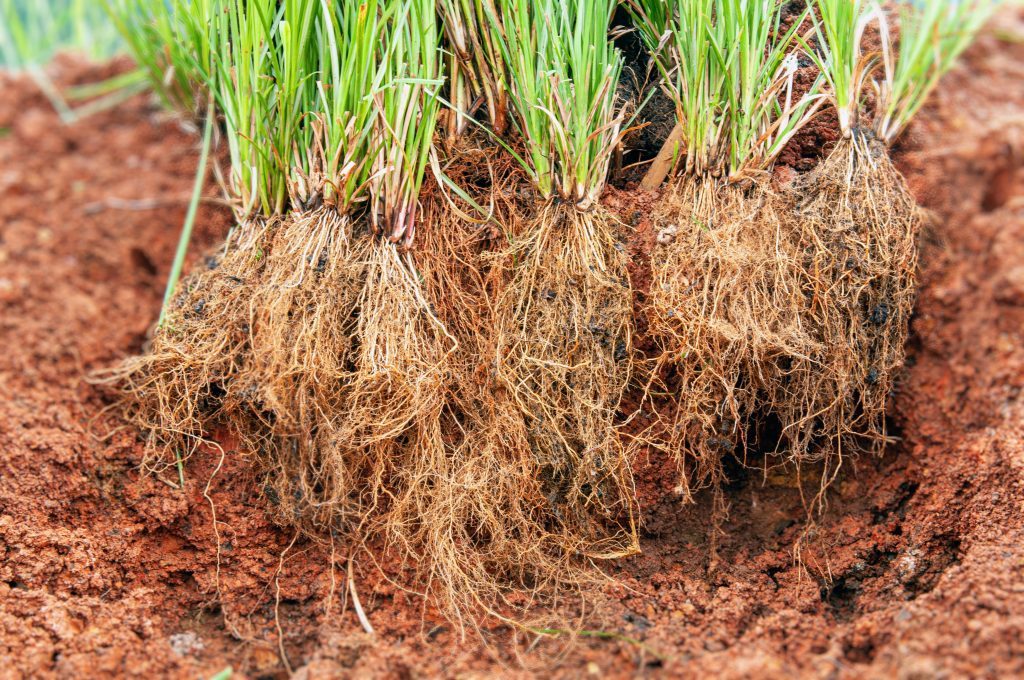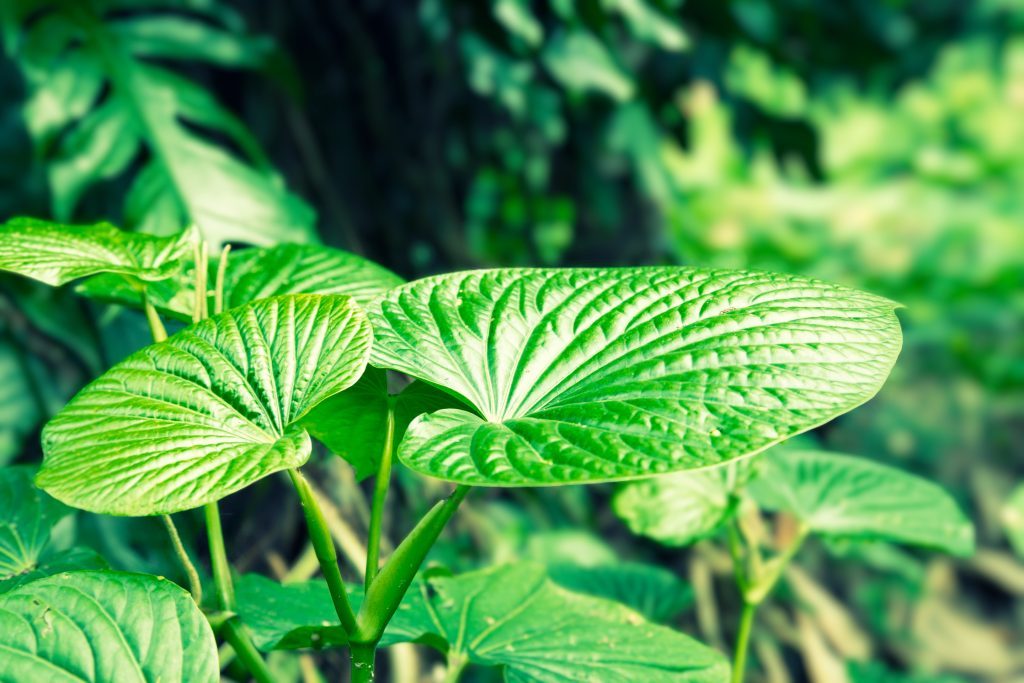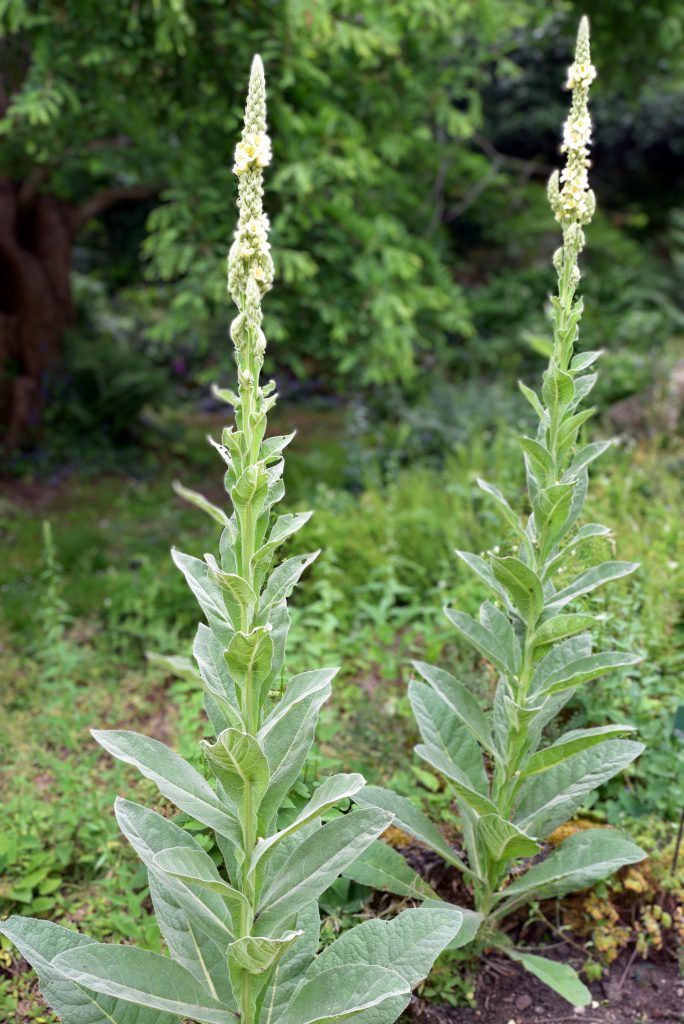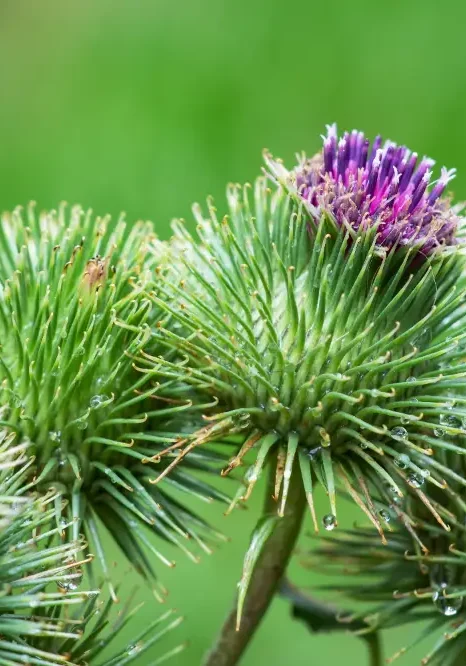
Burdock
Arctium lappa
Asteraceae (Sunflower/Daisy Family)
Deep Detox Root for Radiance and Renewal
Other names:
Gobo (in Japanese cuisine), Nui Bang Zi (Chinese), Beggar’s Buttons, Burr Seed, Love Leaves.
Superpower
Burdock’s ability to act as a powerful detoxifier and blood purifier. It is renowned for its role in supporting liver health and aiding the body in the elimination of toxins through the skin, urinary system, and digestive tract.
Uses
Blood Purifier:
Burdock has been traditionally used as a blood purifier due to its ability to detoxify the blood and promote the elimination of toxins through the skin and urinary system. In both Western herbalism and Traditional Chinese Medicine (TCM), it is commonly used to treat skin disorders and improve overall blood circulation.
Skin Health:
Burdock has long been valued for its role in treating skin conditions like eczema, acne, psoriasis, and boils. Its anti-inflammatory and antimicrobial properties make it a popular remedy for clearing up chronic skin problems by addressing internal imbalances and promoting detoxification through the skin.
Liver and Digestive Health:
Burdock root is used as a liver tonic, supporting liver function and improving the body’s natural detoxification processes. In Ayurveda and Western herbalism, it is used to promote digestion, relieve indigestion, and support a healthy balance of gut flora due to its high content of inulin, a prebiotic fiber.
Diuretic:
Burdock has traditionally been used as a diuretic, encouraging the excretion of excess water and toxins through the urine. This makes it effective in treating fluid retention, kidney stones, and urinary tract infections.
Anti-inflammatory:
Due to its potent anti-inflammatory properties, Burdock is used to treat conditions like arthritis and rheumatism, particularly in cases where inflammation causes joint pain and stiffness.
Cautions
Pregnancy and Breastfeeding:
Burdock root should be avoided during pregnancy as it may stimulate uterine contractions. Its safety during breastfeeding has not been well studied, so it’s generally recommended to avoid using it during this time without professional supervision.
Diuretic Effects:
Burdock has diuretic properties, meaning it can increase urine output and help in the elimination of fluids. If combined with other diuretic medications, it could enhance this effect, potentially leading to dehydration or electrolyte imbalances.
Hypoglycemic Effects:
Burdock root may lower blood sugar levels, so individuals taking antidiabetic medications should be cautious when using Burdock, as it could enhance the risk of hypoglycemia (low blood sugar). Regular monitoring of blood glucose levels is recommended if Burdock is used alongside such medications.
Blood Thinners (Anticoagulants):
Burdock may interfere with anticoagulant or antiplatelet medications like warfarin, aspirin, or other blood thinners, increasing the risk of bleeding. It is advised to avoid combining Burdock with these types of medications without medical supervision.
Allergic Reactions:
Individuals with allergies to plants in the Asteraceae family (such as ragweed, daisies, marigolds, and chrysanthemums) may experience allergic reactions when using Burdock. Symptoms could include skin irritation, rash, or respiratory issues.
Interaction with Lithium:
Burdock may affect the body’s ability to excrete lithium, potentially leading to increased levels of lithium in the body and the risk of lithium toxicity. Those on lithium therapy should avoid using Burdock or consult their healthcare provider before using it.
Known Chemical Constituents
Vitamins & Minerals: B complex, C, E / Potassium, calcium, magnesium, iron, manganese.
Phytochemicals: Inulin, mucilage, tannins, polyacetylenes, flavonoids, lignans
Polysaccharides: (up to 50% inulin) & mucilage.
Inulin:
A prebiotic fiber that supports digestive health by nourishing beneficial gut bacteria. Inulin also helps regulate blood sugar and promote healthy digestion.
Lignans (arctiin, Arctigenin & matairesinol)
Arctiin that has demonstrated anti-inflammatory and antioxidant properties. It plays a key role in protecting cells from oxidative stress and supports liver detoxification. Arctigenin is a potent antiviral and antitumor properties. Arctigenin is known for its ability to support the immune system in fighting infections and abnormal cell growth. Matairesinol is a type of lignan, a class of polyphenolic compounds found in various plant-based foods, especially seeds like flaxseed, as well as in whole grains, vegetables, and fruits. Lignans, including matairesinol, are well known for their potential antioxidant, anticancer, and anti-inflammatory properties.
Essential Fatty Acids:
Burdock contains beneficial essential fatty acids that contribute to skin health and help reduce inflammation throughout the body.
Tannins:
These compounds provide astringent properties, which help tone tissues, tighten skin, and reduce inflammation, making Burdock useful for skin health and soothing conditions like acne or eczema.
Volatile Oils:
These oils contribute to Burdock’s detoxifying and diuretic properties, aiding in the elimination of toxins and excess fluids through the kidneys.
Sesquiterpene lactones (arctiopicrin):
A class of naturally occurring chemical compounds found in many medicinal plants, especially in the Asteraceae family, to which Arctium lappa (Burdock) belongs. These compounds are known for their bitter taste and are primarily recognized for their anti-inflammatory, antimicrobial, and antitumor activities.
Botanical Description
Plant Type:
Arctium lappa is a biennial herb that can grow up to 1.5 to 3 meters (5 to 10 feet) tall. In its first year, it forms a rosette of large, heart-shaped leaves, and in its second year, it sends up a tall flowering stem.
Leaves:
The leaves are large, heart-shaped, and slightly fuzzy on the underside. They are alternately arranged along the stem, with lower leaves sometimes reaching up to 50 cm (20 inches) long. The leaves are green on top and grayish and woolly underneath, with prominent veins.
Flowers:
Burdock produces purple, thistle-like flowers that bloom from July to September. These flowers are clustered together in small, spiny, burr-like heads, which easily attach to fur or clothing, aiding in seed dispersal.
Stems:
The stems are hollow, ridged, and can grow up to several feet in height. The stalks are fibrous and can become woody as the plant matures.
Root:
The taproot is long, thick, and brownish, typically reaching depths of up to 1 meter (3 feet). It is this root that is harvested for medicinal and culinary purposes, particularly in the plant’s first year when it is tender and nutrient-dense.
Habitat:
Burdock thrives in open fields, roadsides, disturbed soils, and wastelands. It is commonly found in temperate regions across Europe, Asia, and North America.
Fun Facts
Burdock inspired the invention of Velcro! In the 1940s, Swiss engineer George de Mestral noticed how easily Burdock burrs clung to his dog’s fur during a walk. After examining the burrs under a microscope, he saw that the tiny hooks on the burrs allowed them to latch onto fibers. This observation led him to invent Velcro, the widely used hook-and-loop fastening system.
Parts Used
Root & Seed
Harvest
Best Time to Harvest:
Burdock root is ideally harvested during its first year of growth when the energy of the plant is concentrated in the roots. This is typically done in the late fall (after the first frost) or early spring before the plant starts flowering. During this time, the root is at its most potent and tender for medicinal and culinary use. In the second year, when the plant flowers, the root becomes woody and less beneficial.
Parts Used:
The primary part of Burdock used medicinally is the root, although the leaves and seeds are also occasionally harvested for their medicinal properties. The root is especially valued for its detoxifying and nutritive qualities, while the seeds are more commonly used in Traditional Chinese Medicine for their heat-clearing properties.
Harvesting Method:
To harvest the root, use a digging fork or shovel to gently loosen the soil around the plant, then carefully extract the long taproot, which can extend up to 1 meter (3 feet) deep. Be cautious not to break the root while digging, as the medicinal qualities are concentrated in the full, unbroken root. Once harvested, the root should be thoroughly cleaned, and it can be dried or used fresh depending on the preparation method.
Preparations
Tea/Infusion: Steep dried roots in hot water.
Decoction: Simmer roots in water to extract beneficial compounds.
Tincture: Extract the beneficial compounds in alcohol.
Capsules/Tablets: Encapsulated powdered root.
Topical: Infused oil or salve for skin applications.
Sacred Rituals
Practitioners would carry Burdock roots or create amulets to guard against evil spirits and malevolent forces. These protective charms were believed to draw out negative influences from both physical spaces and the energy field of individuals.
Affirmations
“I release all that no longer serves me, allowing my body, mind, and spirit to be cleansed and renewed. I trust in my natural ability to heal, detoxify, and protect myself as I move forward with strength and clarity.”
Spiritual Associations
Burdock was commonly used in protection rituals in Europe, where it was believed that carrying Burdock could protect against evil spirits or bad intentions. It is also seen as a grounding herb, with its deep taproot symbolizing the connection between the body and the Earth. This makes Burdock useful in spiritual practices aimed at re-establishing balance and strengthening one’s connection to nature.
Functions
An alterative is an herb or substance that gradually and gently improves the function of the body, often by enhancing the body’s natural detoxification and elimination processes, thereby promoting overall health and vitality.
Anti-inflammatoryA substance or agent that reduces inflammation in the body, soothing irritation, swelling, or redness in tissues.
Antimicrobial
A substance or agent that inhibits the growth of or destroys microorganisms, including bacteria, viruses, fungi, and protozoa.
BitterA substance or agent, often from herbs, that has a distinctly bitter taste and stimulates digestive function, including the production of digestive enzymes, bile, and stomach acid.
Blood PurifierA substance or agent that helps cleanse the blood by supporting the removal of toxins, improving circulation, and enhancing the function of detoxifying organs like the liver, kidneys, and lymphatic system.
DiaphoreticA substance or agent that promotes perspiration, helping the body regulate temperature, detoxify, and respond to fevers.
Digestive & Elimination HealthThe overall well-being and optimal functioning of the digestive system, which includes the gastrointestinal tract, liver, pancreas, and other supporting organs. It encompasses the processes of breaking down food, absorbing nutrients, and eliminating waste, as well as maintaining a healthy balance of gut microbiota.
DiureticA diuretic is a substance that promotes the increased production and excretion of urine, helping the body eliminate excess fluids and salts through the kidneys.
HepaticA substance or agent that supports, protects, and enhances the function of the liver, including detoxification, bile production, and overall liver health.
HepatoprotectiveA substance or agent that helps protect the liver from damage caused by toxins, inflammation, or disease, and supports its regeneration and overall function.
Liver HealthThe optimal functioning of the liver, which plays a critical role in detoxification, metabolism, digestion, and overall bodily health.
Skin, Hair & Nail HealthRefer to a variety of disorders or irritations affecting the skin, including rashes, dryness, inflammation, infections, or chronic issues like eczema and psoriasis.

